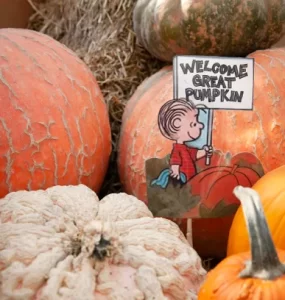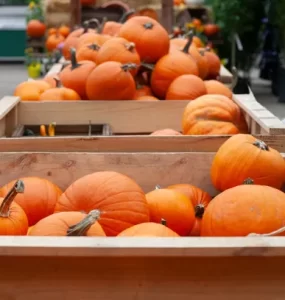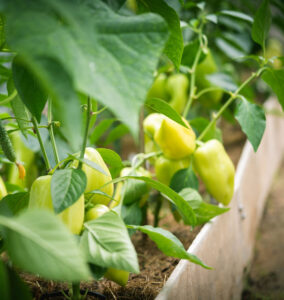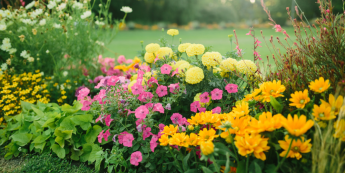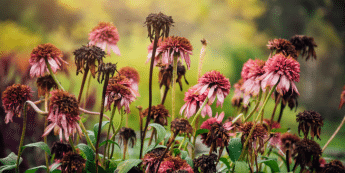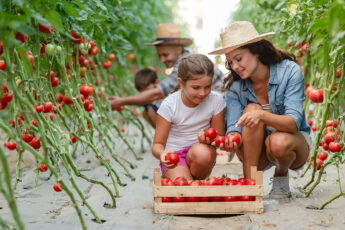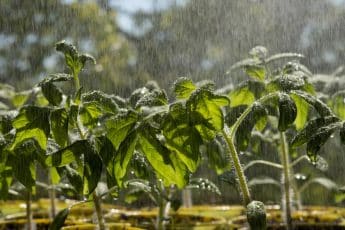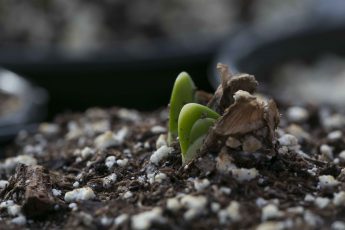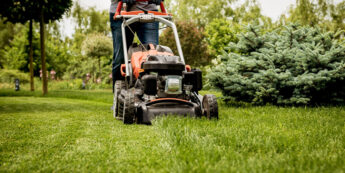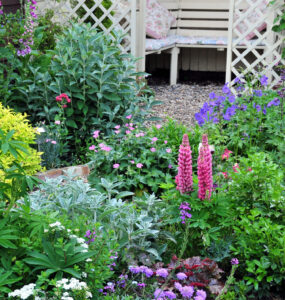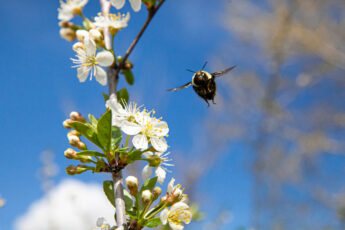Pickling Veggies at Home:
by Rob Sproule
No matter how you try to plan otherwise, vegetable gardening is inevitably a feast or famine scenario. In the fall our pantries, countertops, and fridges overflow with too much bounty to possibly eat but that we’ll dream of during the dark days of January.
Pickling is enjoying a renaissance in popularity, especially among young parents wanting to provide fresh food to their kids throughout the winter. As long as you take the appropriate steps to sterilize, it’s safe way to add extra garden crunch and vitamins to your winter.
The Basics
Pickling is all about creating an environment that is sanitized and sealed enough to protect vulnerable veggies within from the bacterial barbarians at the gate. To do this, you use a triple threat of crucial ingredients, each of which bringing a different sterilizing weapon to the fight.
Salt is critical for pulling out moisture so bacteria can’t get a foothold. Oil provides a protective coating on the veggies’ flesh. Pickling vinegar preserves by inhibiting bacterial growth via its acetic acid.
By properly sterilizing your equipment, and following the proper steps, pickling produce should keep for 4 months in the fridge. If you want to keep it even longer, and/or at room temperature, consider investing in a pressure canner. This requires a more involved process but for larger operations I recommend it.
Getting Started
The key to pickling is a good clean start. Make sure your veggies are garden fresh and unblemished. The most common ingredient is cucumbers, but you can use a lot of different garden crops and it’s a great way to deal with all those excess carrots or beets come harvest time.
Invest in good quality, heat-proof, glass jars with plastic lids, like mason jars. Sterilize them by either running them through a quick dishwasher cycle (with nothing else) or popping them in a medium heated over on a cookie sheet for 20 minutes.
The most labour intensive part is cleaning and scrubbing the vegetables. Make sure they’re sparkling because blemishes can harbour bacteria. To make for easier cleaning, soak them overnight in a salt water brine solution.
The Pickling
When you’re ready to pickle, make sure that everything you’ll need is close at hand and that the environment is clean. The closed environment you’re creating will both preserve veggies and keep them delicious and act as an incubator for any remaining bacteria, so wash your hands well and monitor anything that comes into contact with the inner jar after sterilizing.
Boil the veggies in salt water for 2 minutes, then put them into a bowl of ice; the temperature shock preserves their crunch.
While they’re cooling, mix your pickling solution in a large bowl. Creating the perfect pickle brine is the holy grail of pickling. They always contains vinegar and salt or sugar, but after that you can add herbs like dill, garlic, and coriander or spices like peppercorns to taste. Finding your own recipe will take time, and it’s a great way to start a conversation and friendship with other “picklers”, both in person and online.
Once the veggies are cool, put them carefully and pour in your pickling solution to cover them completely, making sure to leave about a half inch of space at the top. Bring a large pot of water to boil and place the sealed jars in it, then add more water until they’re submerged.
Let the jars simmer for 20 minutes, adding more water to keep them submerged. This sanitizes the rim and anything that might have been missed. Store them in a dry place and enjoy sometime this winter.
While pickling is a great way to preserve food, it’s important to follow the sterilizing steps carefully. If you’re just beginning, start slow and take baby steps towards larger projects.


